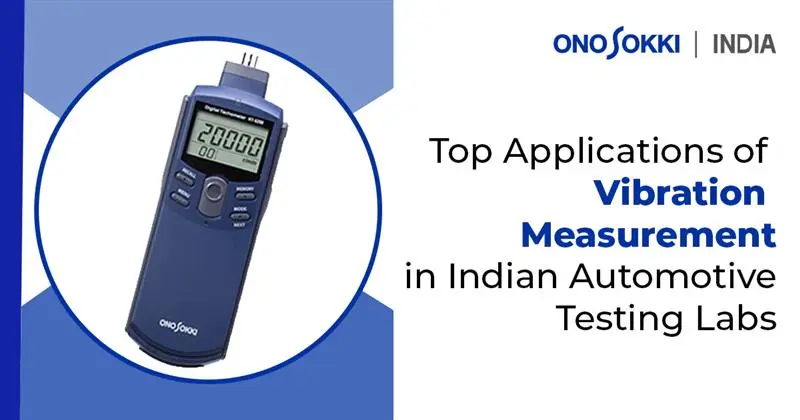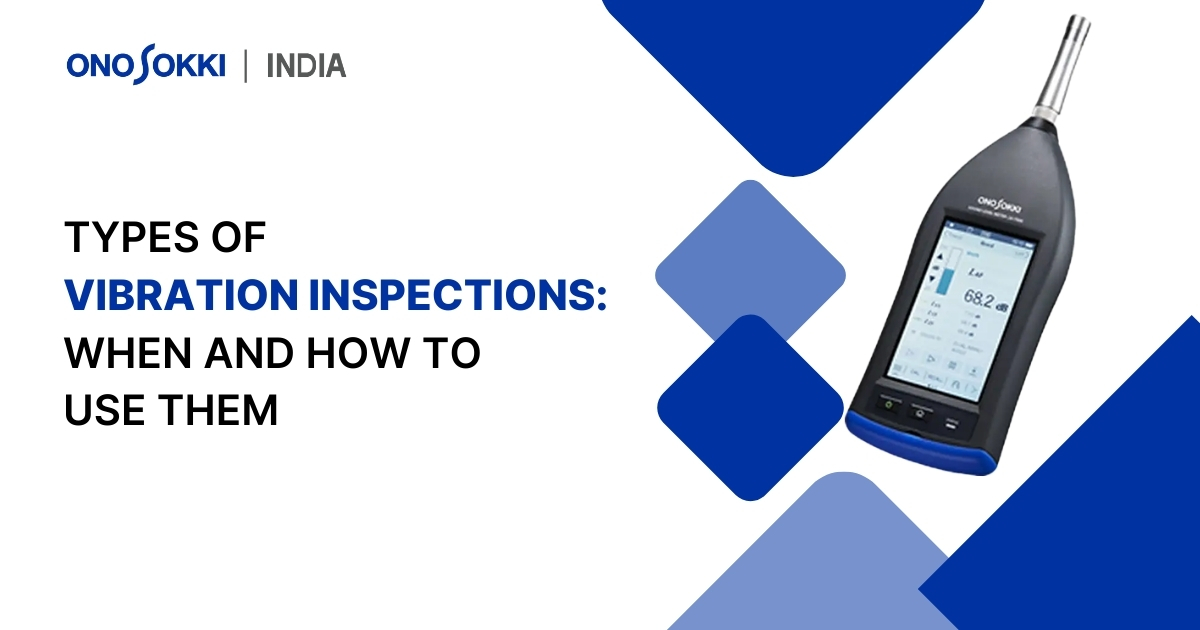Vibration is a very important maintenance practice in the industry and the machine and infrastructure work smoothly. Combining the vibration test with sound testing also assists in the preventive detection of faults and thereby, lessens the risk and the maintenance costs. The piece delves into several forms of vibration inspections—such as their applications and advantages.
What is Vibration Inspection?
The process of vibration inspection encompasses the effort to size minute perturbations and their analysis in the equipment, appliances, and vehicles which may help predetermine possible dangers. It is an important part of preventative maintenance that facilitates the plants to run smoothly without the worry of mechanical break down.
Defective alignment of parts, imbalances, and wear and tear are some of the reasons why machines vibrate. Companies can avoid costly breakdowns by implementing effective monitoring and at the same time, keep their equipment in good shape.
Why is Vibration Inspection Necessary?
- Prevents Equipment Failure: Allows to detect an abnormality before it results in a failure.
- Reduces Downtime: Prevents unexpected shutdowns and costly repairs.
- Ensures Safety: Spots the dangerous states in the production premises.
- Improves Efficiency: To optimize the performance, it avoids the excessive vibrations.
Types of Vibration Inspections
Vibration inspection can be categorized based on frequency, method, and application. The major types include:
Periodic Vibration Inspection
- Conducted at scheduled intervals.
- Used for routine maintenance in manufacturing plants.
- Helps track changes in vibration patterns over time.
- Reduces long-term costs by catching issues early.
Continuous Vibration Monitoring
- Involves permanent sensors installed on machinery.
- Suitable for critical equipment like turbines and compressors.
- Provides real-time alerts on potential failures.
- Allows for trend analysis and predictive maintenance.
Real-Time Vibration Inspection
- Uses advanced analytics to detect issues instantly.
- Commonly used in high-risk industries like aerospace.
- Helps avoid catastrophic failures with immediate corrective actions.
- Requires sophisticated monitoring tools and software.
Handheld Vibration Testing Devices
- Portable instruments used by technicians.
- Suitable for on-the-go inspections in remote areas.
- Cost-effective option for businesses with smaller budgets.
Online Vibration Monitoring Systems
- Uses IoT and AI-based analytics.
- Allows remote monitoring of multiple assets simultaneously.
- Enhances data collection and predictive insights.
Applications of Vibration Inspection
- Industrial Machinery: Ensures longevity of rotating equipment.
- Civil Engineering: The structural integrity of bridges and buildings is detected.
- Automotive and Aerospace: Improve vehicle safety and performance.
- Energy Sector: Monitors wind turbines, generators, and power plants.
- Healthcare Industry: Used in medical equipment to ensure precision and safety.
How to Choose the Right Vibration Inspection Method?
- Type of Equipment: Critical vs. non-critical assets.
- Budget: Cost-effective solutions for small businesses.
- Data Accuracy Needs: Higher precision required for high-risk environments.
- Industry Standards: Compliance with regulatory requirements.
Common Challenges in Vibration Inspection
- Data Interpretation: Requires advanced knowledge to accurately analyse/rationalize patterns.
- Sensor Placement: Incorrect positioning can lead to misleading results.
- Initial Investment Costs: Advanced monitoring systems can be expensive.
- Environmental Interference: Readings may be influenced by temperature and humidity among other factors.
Future Trends in Vibration and Sound Testing
- AI-Driven Diagnostics: Predict failures with machine learning.
- Wireless Monitoring: Improving access and cutting costs for installation
- Integration with Digital Twins: Simulating real-world conditions for better analysis.
- Advancements in Sound Testing: Ultrasonic technology used for enhanced accuracy.
Conclusion
Vibration inspection is an essential part of predictive maintenance, securing the length of the equipment. Equipment can be maintained by the right business decision, which is to minimize the risks of hazards and optimize the performance. Integrating sound testing further enhances accuracy, making it a vital practice across industries.



